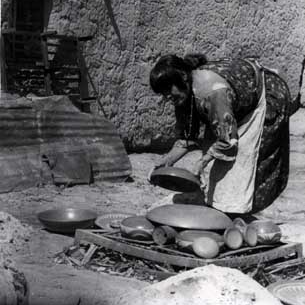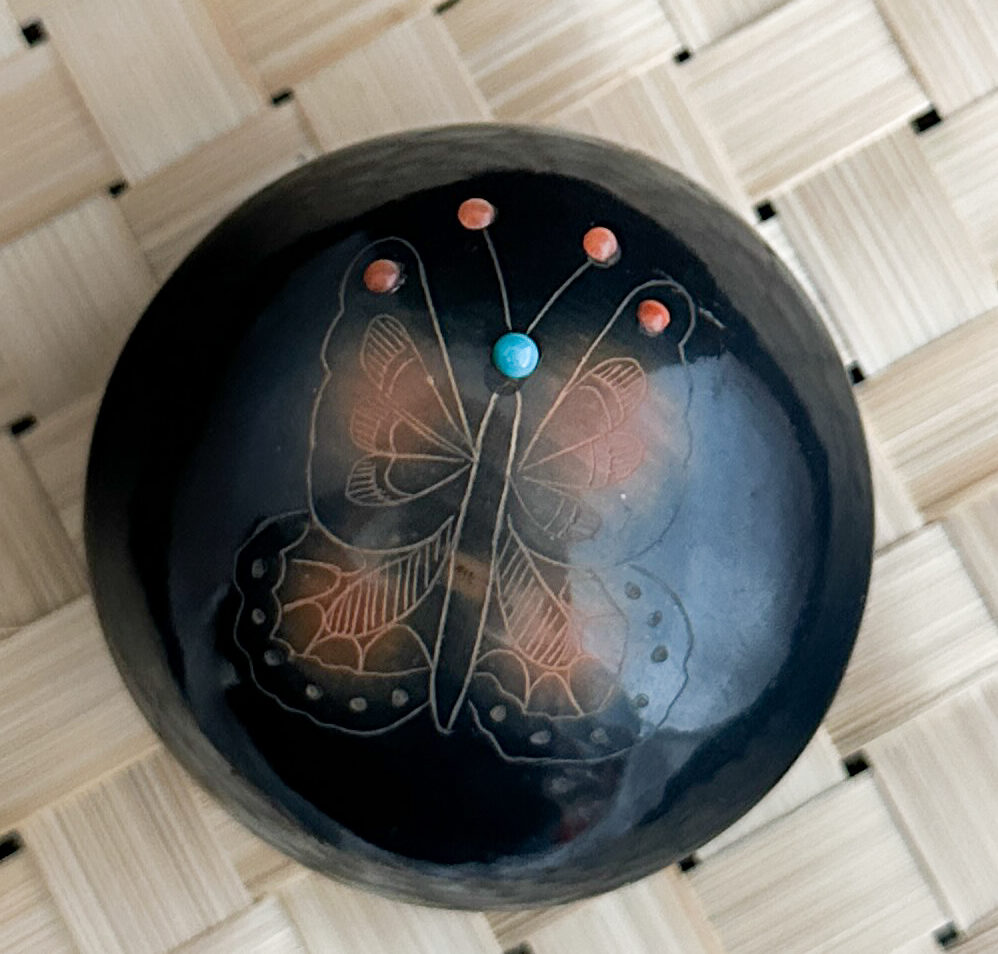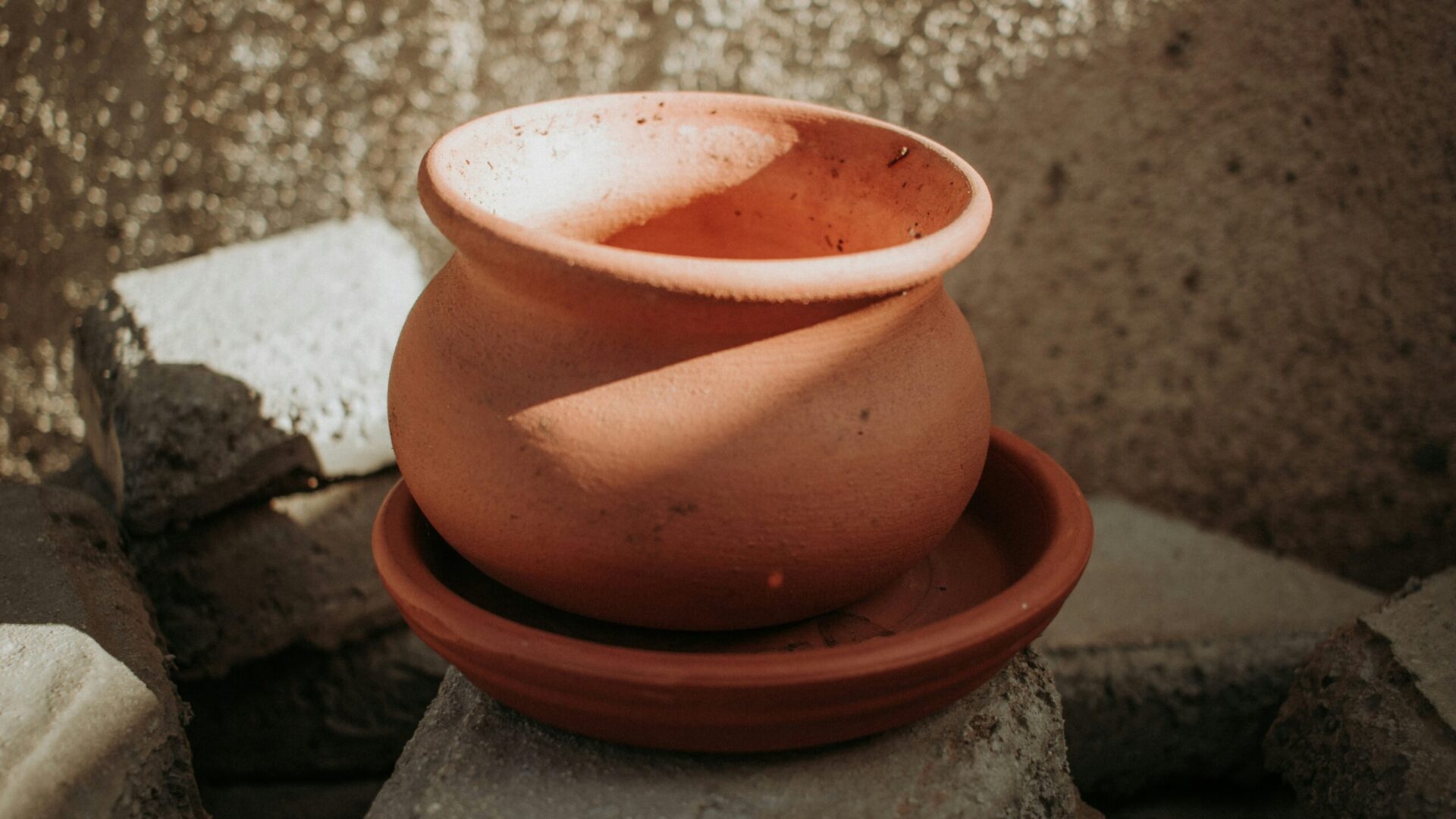Materiality is more than just medium. The history of a community can be preserved both within a crafted piece and alongside it. The method and style of a piece can be community-specific and serve as a physical symbol of that community’s customs, practices, and traditions. The concept of materiality allows us to go further than describing objects and instead understand their significance to those who interact with them. The idea of materiality allows us to engage with issues of impermanence (intangible cultural heritage) through permanence (tangible cultural heritage).
By thinking about the materiality of an object, one can understand its place in social, economic, ethical, and cultural structures and systems. Once we realize how an object is part of a much broader material realm, the more one will struggle to describe that realm. Therefore, the more it will challenge hierarchical Western notions.

Take for example Pueblo pottery and how it will tell histories of practice, traditions, intergenerational knowledge, geography, land and violence. While her work did gain attention, it is important to note the cultural and historical significance of Maria and what her practice means as an Indigenous woman. In a society that has constantly worked to eliminate Indigenous peoples and their cultures, Maria practiced survivance. White Earth Anishinaabe writer and literary theorist, Gerald Vizenor, employs survivance to mean “the conjunction between resistance and survival – calling attention to the fact that not only have Indigenous peoples survived the genocidal ambitions of settler colonialism, but have continued to enliven their cultures in fluid, critical and generative ways”. Despite settler colonialism and erasure attempts (and later on consumerism). Her culturally inherent ties to land, community, and culture remained a constant throughout her life. Be it through her respect for clay and land or her commitment and prioritization of the Pueblo way of life.
While Maria’s practice and technique remained true to traditional Pueblo pottery, in the face of globalization and consumerism, she adapted, adjusted, and still passed on intergenerational knowledge. All of this, we can learn through the materiality of an object.
Seed pots were a matter of survival for many Indigenous people. Seeds needed to be stored properly until the next planting season. The small, hollow pots were made to ensure that the seeds would be kept safe from moisture, light and rodents. Although seed pots are no longer necessary, they continue to be made as decorative works of art. However, the materiality of the object allows us to explore past accepting these objects as decorative works of art. For some Indigenous people, seed pots serve a different purpose—as a decoration to honor past tradition. To consider the materiality of an object and thus the impermanence it may carry is to understand the multiplicity of its use, tradition, history, and contemporaneity.


Sources:
Gerald Robert Vizenor. 2008. Survivance : Narratives of Native Presence. Lincoln: University Of Nebraska Press.
“Native American Icons: Maria Martinez.” n.d. Indian Pueblo Store. https://www.indianpueblostore.com/blogs/native-art-artists/native-american-icons-maria-martinez.
Yonan, Michael. 2021. “The Materiality of Porcelain and the Interpretation of Ceramic Art.” Journal.thewalters.org. August 23, 2021. https://journal.thewalters.org/volume/75/essay/the-materiality-of-porcelain-and-the-interpretation-of-ceramic-art/.
